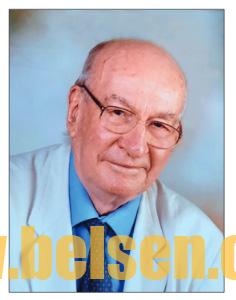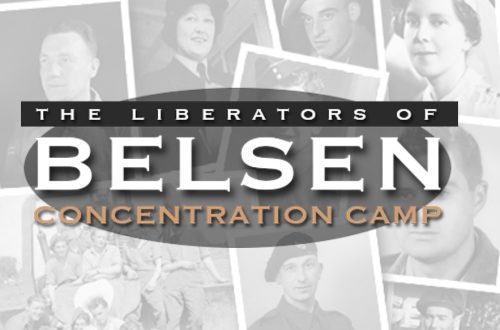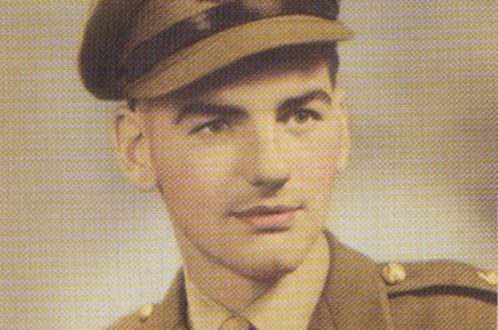Mike Courtenay
Born 14 March 1923; died 25 June 2018
‘Has anyone got a case?’
 So Mike Courtenay would begin a group session for the vocational training scheme at St Thomas’ Hospital back in 1979. He co-led these sessions with Enid Balint and many of us were privileged to have an early exposure to case discussions sensitively led for us novices by these experienced group leaders. It took considerable persuasion to create space for this in the newly developed GP training scheme, but then Mike had a quiet but determined way of doing things and his very reasonableness opened doors into our minds with long-lasting effects.
So Mike Courtenay would begin a group session for the vocational training scheme at St Thomas’ Hospital back in 1979. He co-led these sessions with Enid Balint and many of us were privileged to have an early exposure to case discussions sensitively led for us novices by these experienced group leaders. It took considerable persuasion to create space for this in the newly developed GP training scheme, but then Mike had a quiet but determined way of doing things and his very reasonableness opened doors into our minds with long-lasting effects.
As an undergraduate, the experience of Mike’s two-partner practice in Battersea determined my future in general practice. His masterly confidence in holding the person in focus, whatever the presenting problem, helped me to understand the tightrope we need to walk between an overweening technological approach and the reflective listening necessary to hear the patients’ needs.
In many ways Mike was the flip side of Julian Tudor Hart, his contemporary whom he admired greatly. He too reacted to the pressures of 1960s London practice, where thoughtful doctors felt untrained for and frequently overwhelmed by the problems patients presented — so unlike their work in hospital. He devoted his professional life to teaching and practising relationship-based general practice, recognising the therapeutic potential in the doctor–patient relationship, and found the best vehicle for doing this work was his engagement in Balint groups. Mike first studied for a 2-year science tripos ‘wartime’ degree at Cambridge and served as a Royal Engineers officer in North West Europe. In April 1945, he was given the job of delivering a bulldozer to the notorious Bergen-Belsen concentration camp for the burial of corpses.
Although he used to jocularly refer to his time in the army as ‘My Cook’s Tour of the world, courtesy of His Majesty’s Government’, as a young soldier the terrible sights he saw there had a profoundly traumatic effect, and it was some 30 years before he spoke to anyone about it.After the war, Mike studied Medicine at Cambridge and St Thomas’ Hospital, and started in general practice in South London. After 5 years Mike began to feel that he was ill equipped to meet his patients’ needs, which led him to join Michael Balint’s case discussion groups.
In 1969, Mike became a foundation member of the Balint Society, becoming its second president in 1973. He played an important role in developing the Balint Society Oxford weekends, which gave a taster of Balint work to interested doctors and medical students, and was a member of Balint research groups that produced books for 28 years from 1972–2000.Retiring from practice in 1989, he settled in Adderbury, Oxfordshire, with his wife Jane, who died in 2014. He leaves seven children and 12 grandchildren.
British Journal of General Practice, February 2019
7,217 total views


